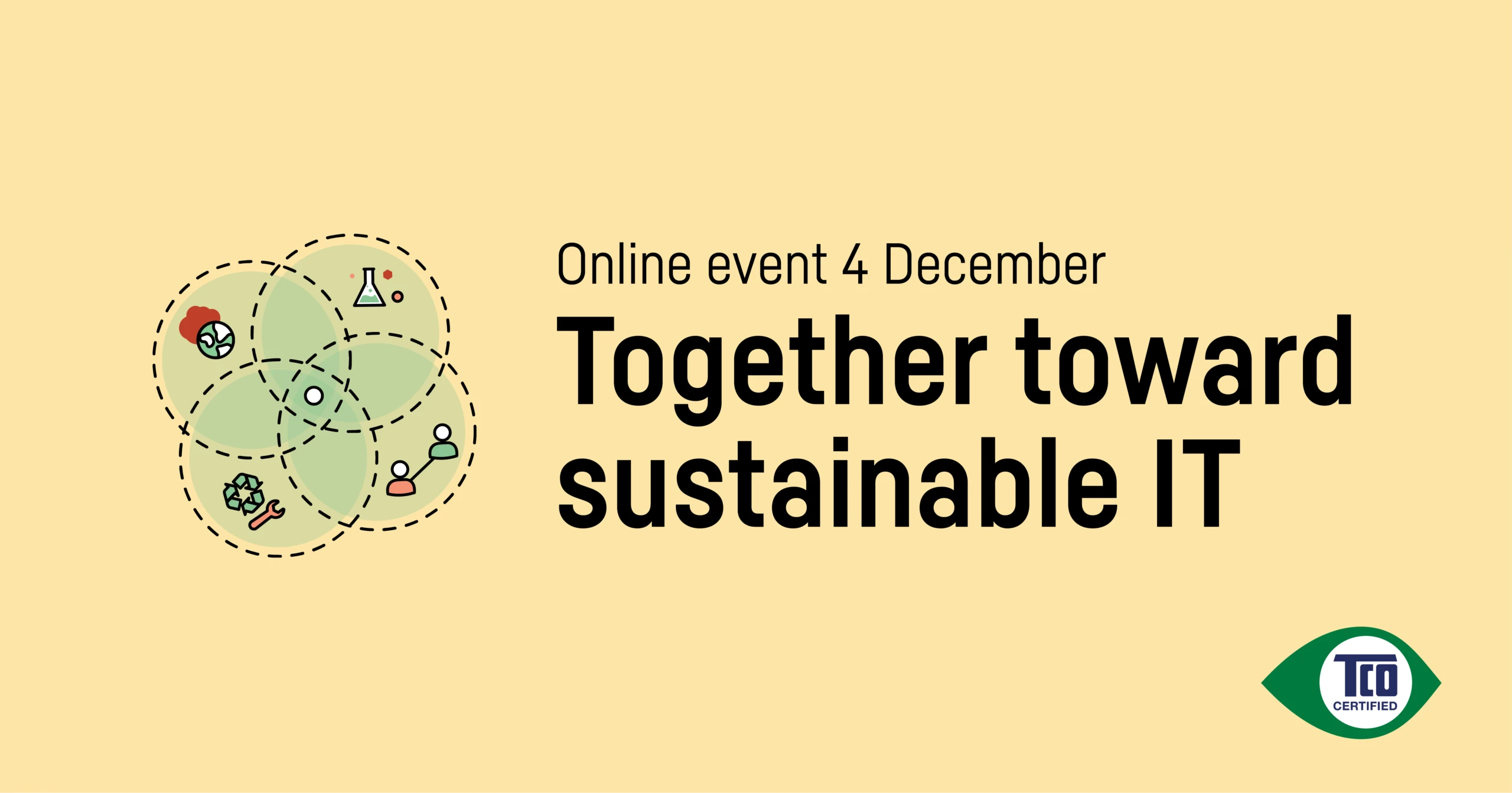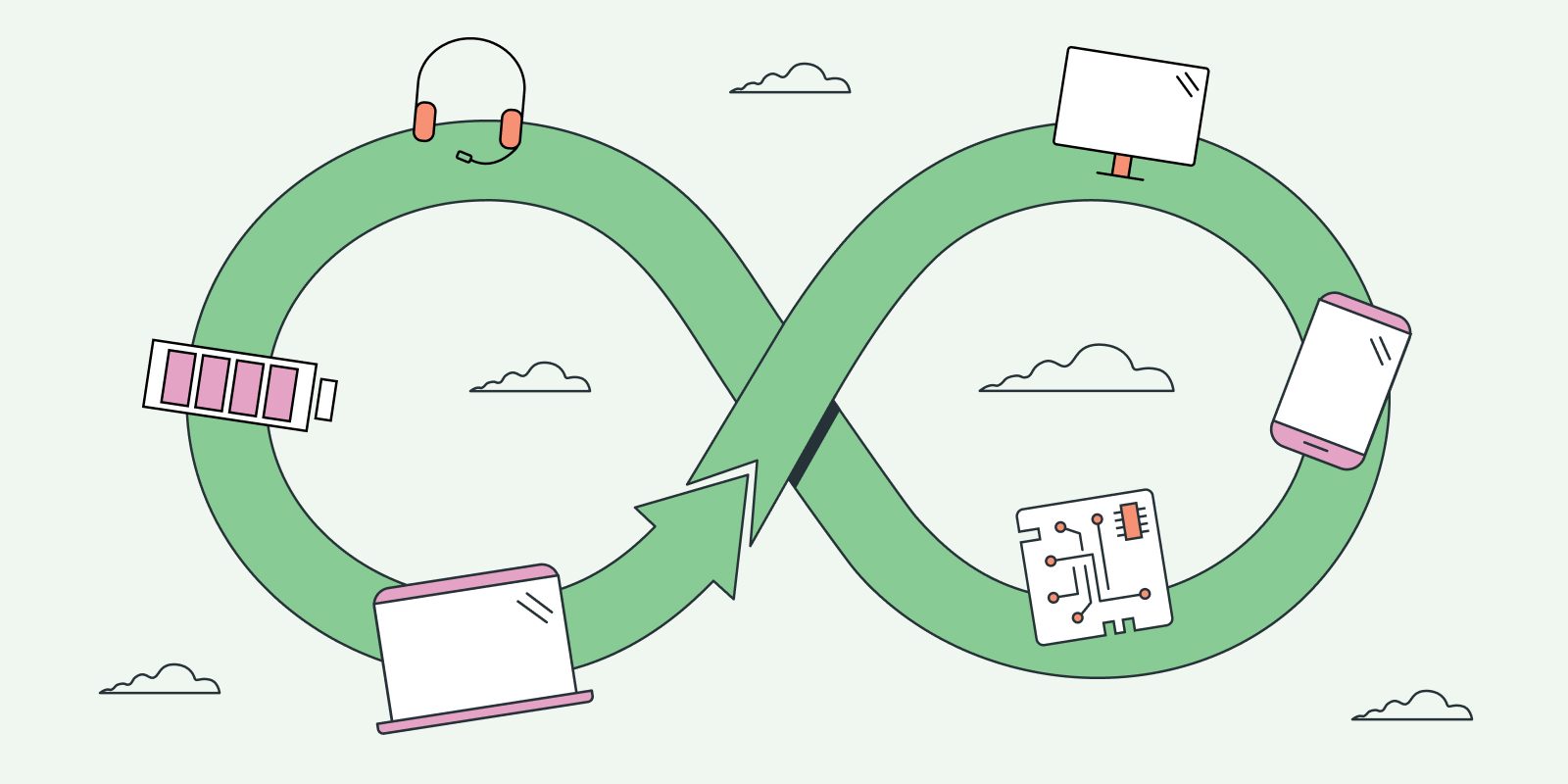What does the circular economy mean for IT products, and how can we all handle our IT products in a more circular way? In the work with our new report: Impacts and Insights: Circular IT Management in Practice, we looked for answers to these questions. Malin Russell, project manager for the report, took a look at the result and saw that three things stand out.
1. Today’s linear consumption is a totally unreasonable and rather new invention. When we now try to change to a circular way of doing things, we’re actually trying to learn something that, to a large extent, was natural only two generations back. The furniture that my grandparents bought when they got married still furnished their home when they passed away, sixty years later. Grandma washed and reused freezer bags, mended clothes and hardly ever wasted food. The linear way of consuming goods that has since seen explosive growth is a dead-end that doesn’t make sense.
2. Circularity happens! In our work with the report, I spoke to a number of people that have got started. Ulrika Svallingson at Malmö City Council in Sweden includes circular criteria in procurement and managed to collect some 7,500 smartphones, computers and other IT products for recycling during a big event for employees. The refurbishment company Inrego and the remanufacturing company Circular Computing take care of used IT products to give them a new life (and it works really well!). Joan Prummel at the Netherlands’ Rijkswaterstaat, works to make the country fully circular by 2050, and lets used IT products live on in schools and sports clubs. This is just some of the many concrete examples.
3. Starting is easy! Even if a 100% circular management of IT products takes time to accomplish, and requires that stakeholders throughout the product life cycle take responsibility and cooperate, there are many easy-to-implement changes that you can do right now. Did you know that greenhouse gas emissions from a notebook computer is reduced by 30 percent if you use the product for six years instead of four? Or, that the IT brands Dell, Lenovo and HP that we spoke to are ready to implement circular solutions, but need to see that their clients are interested before they invest? That linearity is often connected to old habits, which can easily be changed (that also can lead to additional income), as Birgitte Krebs Schleemann from the Danish City of Aalborg told us.
This and lots more is included in our brand new report. Find it on tcocertified.com. I hope you find it useful. And if you want to dig deeper into circularity, you should definitely join our online event on September 22, where you’ll have the opportunity to listen to the experts that we’ve interviewed in the report, and ask questions directly to them. It’s free of charge, and you can register here.
Have a great summer!




